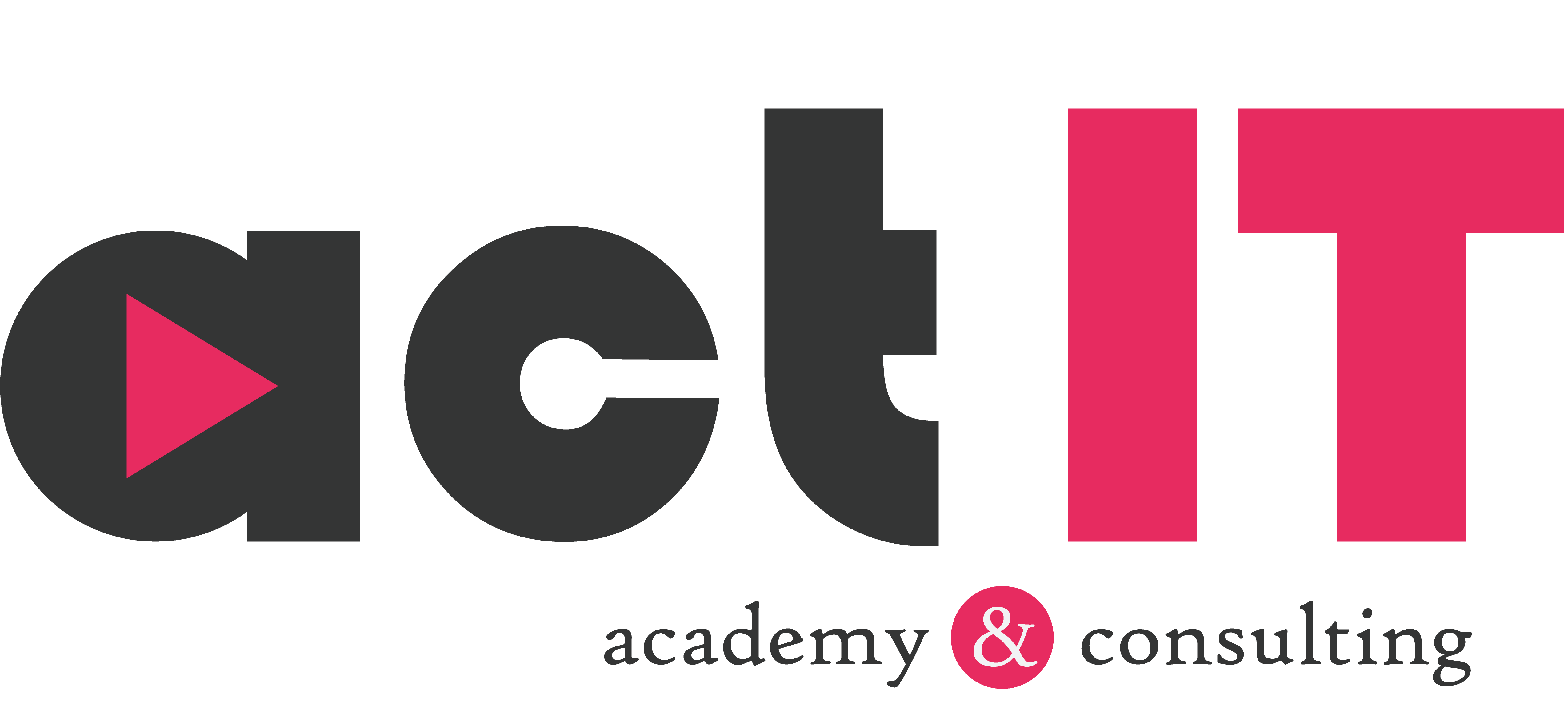+49 6196 400 893
Green Software - Development of resource-efficient applications (GREEN)
iSAQB CPSA Advanced Level Book nowDesigning sustainable software architectures
In this practical training, you will learn how to actively contribute to sustainability with well-thought-out software architecture. From analyzing regulatory frameworks to assessing the carbon footprint – you will acquire in-depth knowledge of designing energy-efficient architectures, algorithms, and development processes.
The focus is on concrete measures to reduce emissions, sustainable cloud strategies, and the integration of sustainability aspects into architectural decisions and the entire software lifecycle.

Your advantages at a glance
► Actively contribute to reducing your software’s CO₂ footprint
► Make informed decisions about sustainable architecture and cloud
► Securely meet regulatory requirements
► Resource-saving processes in everyday development implement
► Position IT as an innovation driver for climate goals
Participation requirements
► Experience in the design and development of small to medium-sized software systems
► Knowledge of the software lifecycle and in dealing with quality requirements
► Practical programming experience and basic knowledge of monitoring are an advantage
Technical Requirements
The exercises will be conducted using cloud-based tools (e.g., Miro, Draw.io, Jupyter, HuggingFace). All you need is a stable internet connection – no local installations required.
Training Content in Detail
1. Climate Change and Digitalization
► Understand IT’s energy consumption and identify potential savings
► Digitalization’s contribution to resource efficiency
► Difference: savings through vs. within IT
2. Regulation and Standards
► Relevant guidelines and certifications (CSRD, ESG, Blue Angel, TCO)
► Apply the Greenhouse Gas Protocol (Scopes 1–3)
► Strategically anchor sustainability in the company
► Understand the requirements of various stakeholders
3. Quality Management & Energy Efficiency
► Align quality scenarios specifically to energy efficiency (e.g., ISO 25010)
► Interactions between efficiency and other quality characteristics
4. Measurement & Monitoring
► Use metrics such as Software Carbon Intensity (SCI)
► Consumption measurement methods: hardware, full stack, cloud
► Integration into CI/CD processes
5. Energy-Efficient Software Development
► Optimize programming languages, data structures, and algorithms
► Energy-efficient data handling and caching strategies
6. Software Architecture for Green IT
► Compare architectural styles (monolith, microservices, serverless)
► Evaluate energy efficiency of communication types and databases
► Green IT patterns: time shifting, location shifting
7. Cloud and Operations
► Understand energy metrics of data centers (PUE, SIEC)
► Develop sustainable deployment and operations models
► Optimize resources through automation and CO₂ reduction
8. Optimizing Development Processes
► Resource-saving CI/CD strategies (e.g., peak shaving)
► Design build and test processes efficiently
► Use containerization and resilient systems energy-efficiently

Credit Points for CPSA-A Certification
Our advanced training program deepens your knowledge of methodology, technology, and communication, enabling you to earn the 70 credit points required for the CPSA-A® exam. Certification at the advanced level requires completion of the foundation level. Even for software architects who are not seeking certification, our advanced modules provide invaluable knowledge for their daily work.
Technical Skills
Methodological Skills
Communication Skills
iSAQB Training Syllabus
Get all the important information on learning objectives and training content
in the iSAQB curriculum for your optimal further education.
Attractive features of our training programs
Discover the advantages of our online training:
► Intimate learning environment with a maximum of 10 participants per group
► Use high-resolution video conferencing and digital tools for interactive and collaborative learning
► Experience the feeling of a personal classroom with real-time audio, video and screen transmission
► Benefit from regular exercises in the large group and in breakout rooms, always accompanied by our competent trainers
► Learn from didactically trained and experienced trainers
► Receive training documents and exercise materials included
Get ready for an inspiring and effective learning experience!
Discover the exclusive benefits of our on-site training:
► Intensive learning groups with a maximum of 10 participants
► Technically adept and experienced trainers
► Enjoy drinks, snacks and lunch on all training days – all included
► Benefit from comprehensive training documents and exercise materials
Experience a first-class training environment that optimally supports your learning experience.
Open Dates
EARLY BIRD DISCOUNT
Sichern Sie sich 100 € Rabatt bei einer Buchung bis spätestens 6 Wochen vor dem Starttermin.
Do you have a whole team that would like to attend the training?
Then find out more about our in-house training courses here and contact us for a personal consultation.
Contact
Phone
+49 (0) 6196 400 893
Address
actIT academy & consulting GmbH
Alfred – Herrhausen – Allee 3-5, 65760 Eschborn




